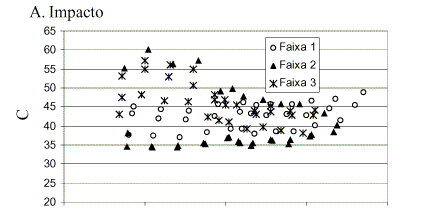The present study reviewed the available information about pressurized and non-pressurized bamboo pipes. A mechanical node-removing process was developed to perforate stalks of giant bamboo (Dendrocalamus giganteus), which allowed an analysis of some hydraulic parameters required by a water conveyance system. Two node-removing processes were studied: a traditional one - a circular steel blade impact method, and a new developed system - the mechanical perforator. These hydraulic analyses were done under the following conditions: discharge range from 3 to 12.9 L s-1, working pressure varying from 146.6 to 195.5 kPa, and tube diameters from 90 to 130 mm. The following parameters were estimated for both perforating processes: the coefficients of Hazen-Williams empirical equation, C, the Manning coefficient,η, and the absolute roughness, ε, using the Hopf and Colebrook equations. The results showed that the mechanical perforator method presented better finishing quality and smaller head loss. The mean results obtained were: for the mechanically perforated pipes, εHopf = 0.0013 cm, εColebrook = 0.0022 m, C = 89 and η = 0.014, and for the circular steel blades impact method, C = 43 and η = 0.027. There were no statistical differences among the head loss values estimated by the Darcy-Weisbach, Hazen-Williams and Manning equations for the tubes perforated mechanically.
Dendrocalamus giganteus; head loss; friction coefficients; node removing process













